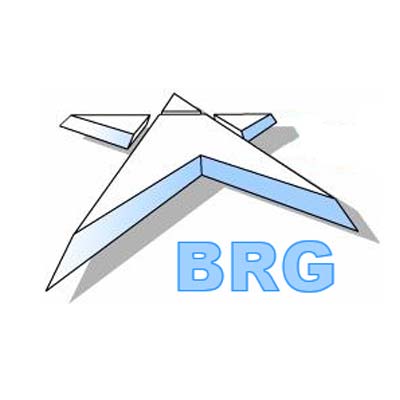BRManifesto FAQ: Article 7 - Rule-Guided Processes, Not Exception-Based Programming
FAQ re: Principle 7.1
Question: What does Manifesto mean by "boundary" in principle 7.1?
Rules define the boundary between acceptable and unacceptable business activity.
All business activity deemed unacceptable should be specified using rules. By this means, the business reason for any breach is always directly accessible to business people - no IT intervention required. In addition, appropriate response to breaches can be 'plugged in' (and easily modified) at the exact point the breaches occur in business activity. Finally, such responses can be managed as a business proposition, separately from other programming concerns - again, no IT intervention required.
FAQ re: Principle 7.2
Question: What does Manifesto mean by "special or selective handling of detected violations" in principle 7.2?
Rules often require special or selective handling of detected violations. Such rule violation activity is activity like any other activity.
Some particular response is often appropriate when a breach of a rule occurs. Such response may be specific to circumstances - e.g., what role or user produced the breach, where in a process the breach occurs, etc. The response might be in the form of some customized message, some set of instructions, some process or procedure, some sanction or penalty, some additional rule or set of rules, some form of human intervention, etc. For additional discussion refer to http://goo.gl/MFxtN.
FAQ re: Principle 7.2
Question: What does Manifesto mean by "Such rule violation activity is activity like any other activity" in principle 7.2?
Rules often require special or selective handling of detected violations. Such rule violation activity is activity like any other activity.
No new or different technique is needed to model activity that occurs as a response to breaches of rules. For example, if the activity involves a process, that process can be modeled in the same fashion as any other process.
References:
[1] The Manifesto is free, only 2 pages long, translated into 15 languages. Have a quick look (or re-look!). No sign up required. Well worth your time.
About our Contributor:
Online Interactive Training Series
In response to a great many requests, Business Rule Solutions now offers at-a-distance learning options. No travel, no backlogs, no hassles. Same great instructors, but with schedules, content and pricing designed to meet the special needs of busy professionals.












